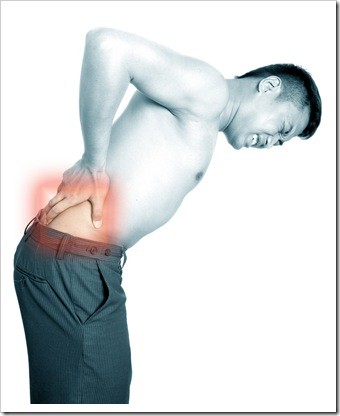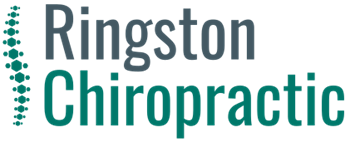Decompression or Nucleoplasty
 Now there’s a new option for patients suffering from low back and leg (radicular) or neck and arm pain due to contained disc herniations, especially for those who have failed conservative treatments and are interested in trying minimally invasive options prior to considering traditional back surgery.
Now there’s a new option for patients suffering from low back and leg (radicular) or neck and arm pain due to contained disc herniations, especially for those who have failed conservative treatments and are interested in trying minimally invasive options prior to considering traditional back surgery.
The procedure is called Percutaneous Discectomy. It is performed under x-ray using local anesthetic (sometimes with light sedation). It is much less invasive than traditional surgical treatments.
Procedure Details
What type of pain can be treated?
Low back and leg pain or neck and arm pain due to contained disc herniations or bulges.
How does the procedure work?
The DEKOMPRESSOR or DiskFX discectomy probe removes disc tissue which may relieve painful pressure on the surrounding nerves.
Will the procedure hurt?
There should be no pain generated by the DEKOMPRESSOR or DiscFX discectomy probe. This advancement in technology requires only a tiny puncture in the skin; similar to a simple injection.
How long does the procedure take?
The total procedure time is generally 15 minutes to 1 hour.
What physician training is required to perform this procedure?
Board certification in a specialty such as interventional pain management, orthopedic surgery, neurosurgery, radiology, or physiatry is typical. Physicians should be experienced with discography.
Can my pain be cured?
In some cases, pain may be eliminated. In most cases, percutaneous discectomy followed by appropriate follow up care will reduce pain to a tolerable level.
Before the procedure
Here are some guidelines to help you prepare for your procedure. Your physician may recommend other specific instructions.
- You should bring any recent x-rays, MRI films, and reports to your procedure.
- Notify your physician of your daily dosages including; blood thinners (such as coumadin, lovenox, plavix, etc.), vitamins, and herbal supplements. You will need to stop these several days before your procedure.
- Notify your physician of any of the following; allergies to medications or iodine, current infections, high blood pressure, asthma, diabetes, or abnormal conditions you may be experiencing including colds or respiratory problems.
- Do not take aspirin or ASA containing products (including Alka-Seltzer or Pepto-Bismol) for 7 days prior to your procedure.
- Do not take herbal remedies including ginkgo biloba for 5 days prior to your procedure.
- Do not take NSAIDS (such as ibuprofen) for 7 days prior to your procedure.
- Do not take coumadin for 5 days or plavix for 7 days prior to your procedure.
- Do not take food or drink 6 hours prior to your procedure except necessary and allowable medications with sips of water.
- Arrive at least 30 minutes prior to your scheduled procedure time.
- Be prepared to review and sign a consent form.
- Arrange for transportation home from another person following your procedure.
After the procedure
- You will spend about 15 minutes in a recovery room where monitoring is continued immediately following the procedure.
- You will need to arrange transportation home from another person.
- You should apply periodic ice on the treatment area 1 to 2 hours per day for 3 days.
- Plan on bed rest with gentle stretching for 1 to 3 days. Limit sitting or walking to less than 30 minutes at a time.
- Limit driving, bending, twisting, and lifting of weights over 10 pounds for 3 days.
- Prescriptions or non-prescription pain and anti-inflammatory medications may be required for 3 to 30 days.
- Plan on a slow return to your normal routine.
- You may be able to return to work in about 3 days depending on your job function.
- A stretching program under the direction of your physician, physical therapy, and chiropractic care should begin after 7 days.
- Limited physical activity may begin following 30 days.
- Plan on conservative physical activity for up to 3 months.
- Back braces or supports are not necessary but may improve your recovery.
- Your physician may recommend other specific post-procedure instructions.
- Recovery time varies with each patient.
For Your Health,
Dr. Robert Ringston
